Safety at the whitewater course
By Thomas Nelson, tnelson@charlescitypress.com
“Step!” is shouted as a group of seven or more people march through the Charles City Whitewater Course, learning whitewater safety.
A practice session was held at the Charles City Whitewater course for people to learn how to rescue people in whitewater and save themselves in dangerous whitewater situations.
Swift water rescue instructor Glenn Harmon and Dave Hillman went over ways for kayakers and whitewater enthusiasts to rescue people in a whitewater current, and to save themselves.
“This was informal,” Harmon said.
When going on the water it is always important to have the proper equipment and know your own skill level, Harmon said.
“Even in current like this someone can get a foot entrapped,” Harmon said of the underwater rocks and other potential snags. “Paddle preferably with someone with a higher skill level than yourself.
If you do get entrapped, “the current now is pushing you forward against your knees so your face is in the water and you can drown,” Harmon said. “It’s a huge problem.”
Glenn went over a technique with groups of seven to eight people to save someone stuck in the water, by creating a pyramid wedge to get through the current.
“We can walk out to the person and walk ahead of them,” Harmon said. “So we can then rescue that person.”
The wedge used is especially important if ropes can’t get to the person to pull them in, Harmon said.
The more people involved in a wedge the better, but the current ultimately decides how many people are needed, Harmon said.
“The further out you can get the more current you can withstand,” Harmon said. “You can do a one-person wedge, but you’re very limited in how far you can get out.”
The rescue workshop started at 9 a.m. and went until 3 p.m. Afterward, the group went on kayaks on the river.
The group also worked on throw ropes, rescue vests and various attempts to swim on boats and self-rescue techniques.
“Self rescue is always important,” Harmon said. “We don ‘t want to create more victims.”
Self rescue should always be a first resort, Harmon said.
The Charles City Whitewater course is a good spot to practice because of how enclosed it is and its spots to swim to, Harmon said.
“Ideally you don’t want to paddle alone, you always want to be with somebody,” Harmon said. “Make sure someone on shore knows you’re out and when to expect you.”
Having a throw rope with you and knowing how to use it can save your life, Harmon said.
“That your primary rescue tool,” Harmon said. “There’s a lot of different things that you can do (to stay safe).”
Yelling for help isn’t going to be a great option. Instead, using a whistle or waving your arms to show you need help is a better form of communication, Harmon said.
“If you start opening your mouth up if you’re in a current, you can start taking in water and risk flash drowning,” Harmon said.
Non-verbal cues are the best way to get attention in a river current.

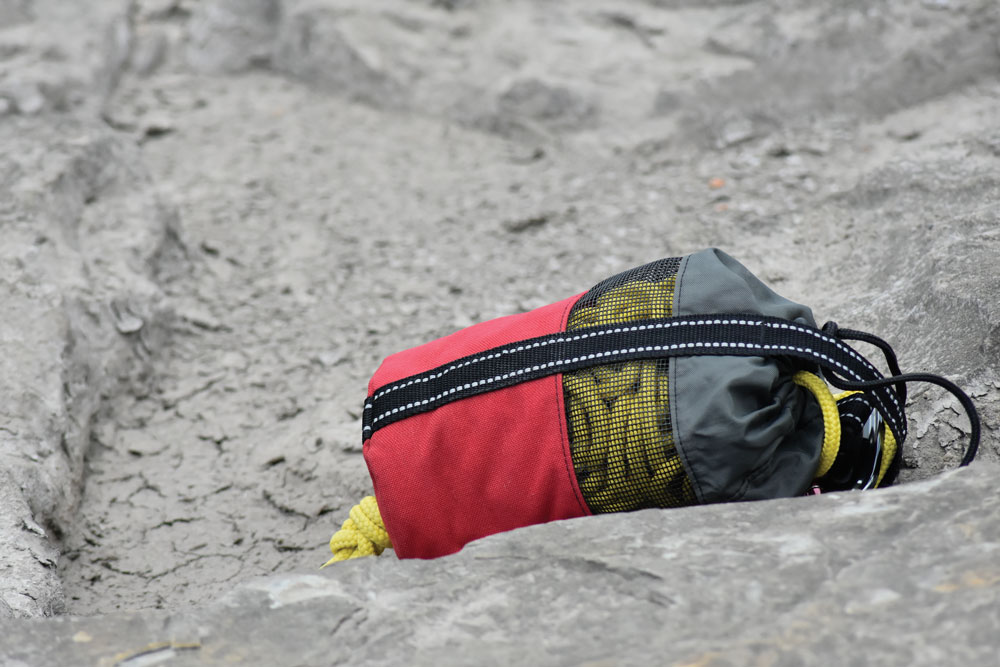
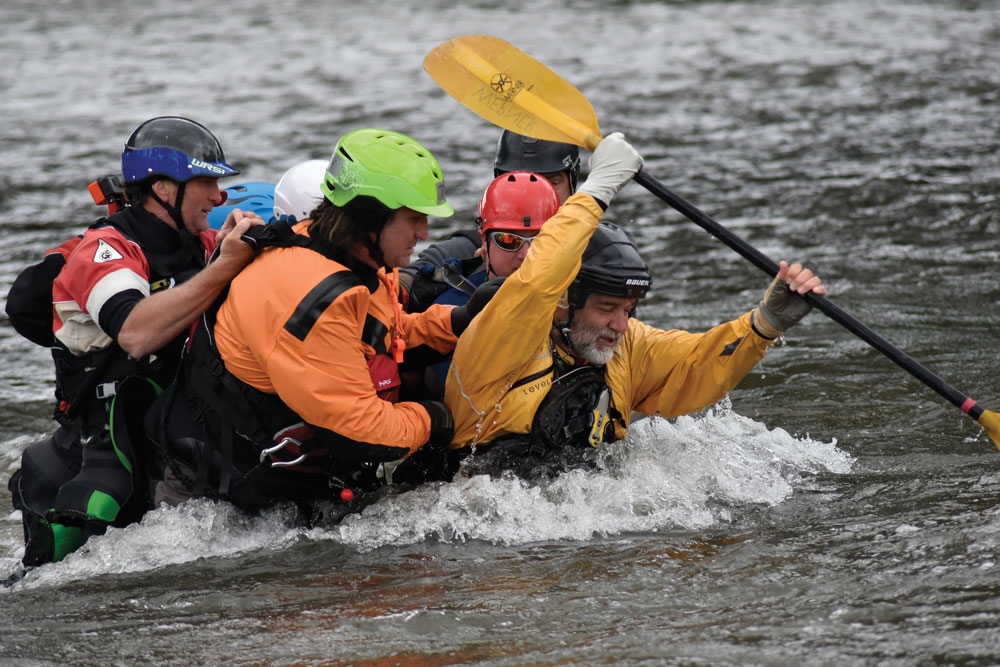
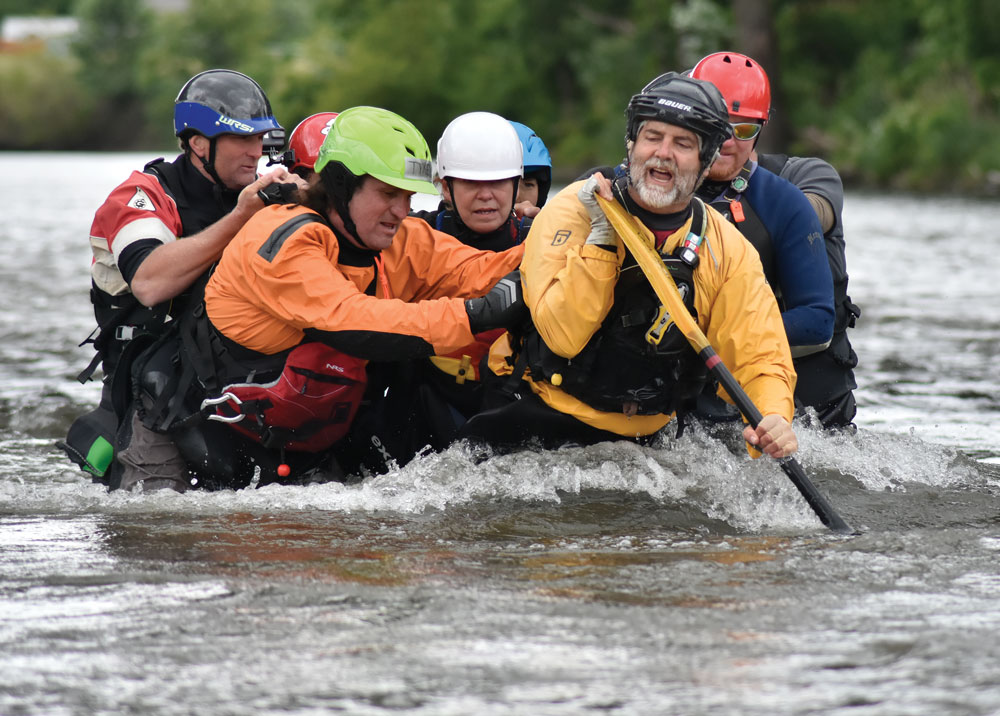
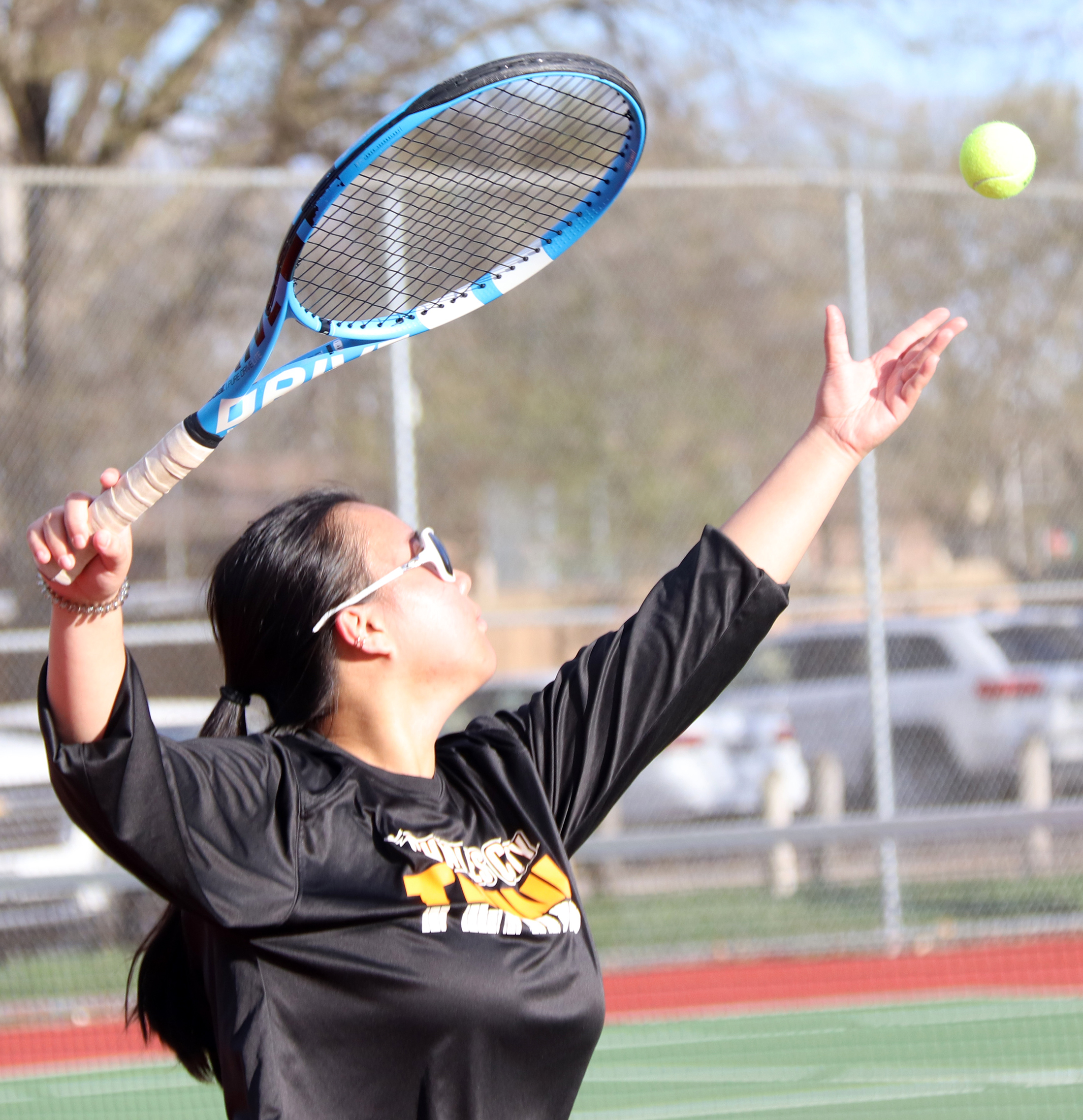
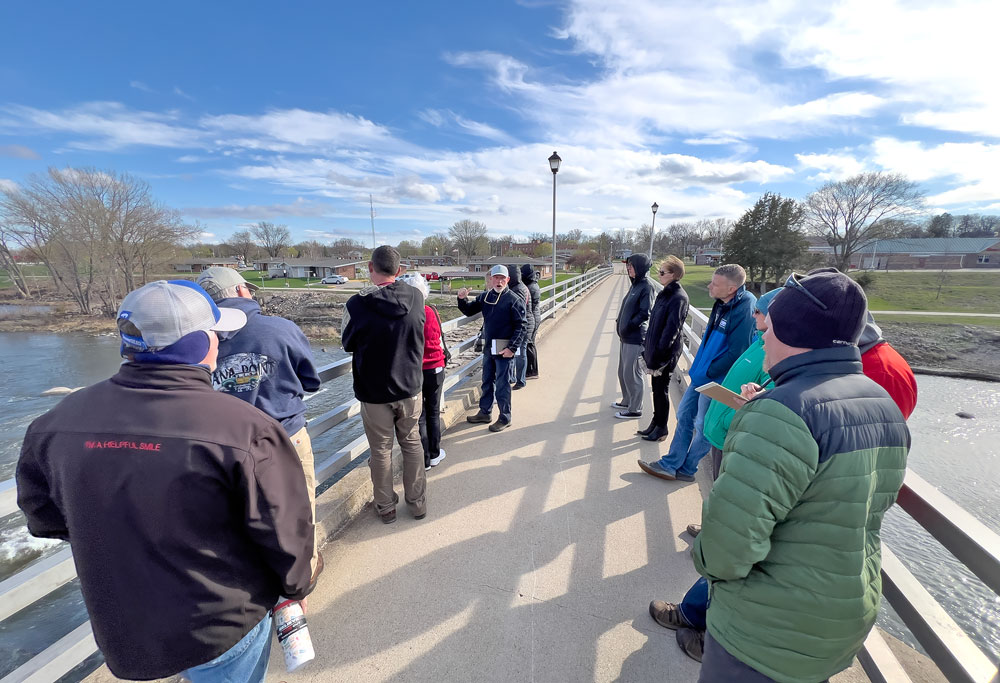
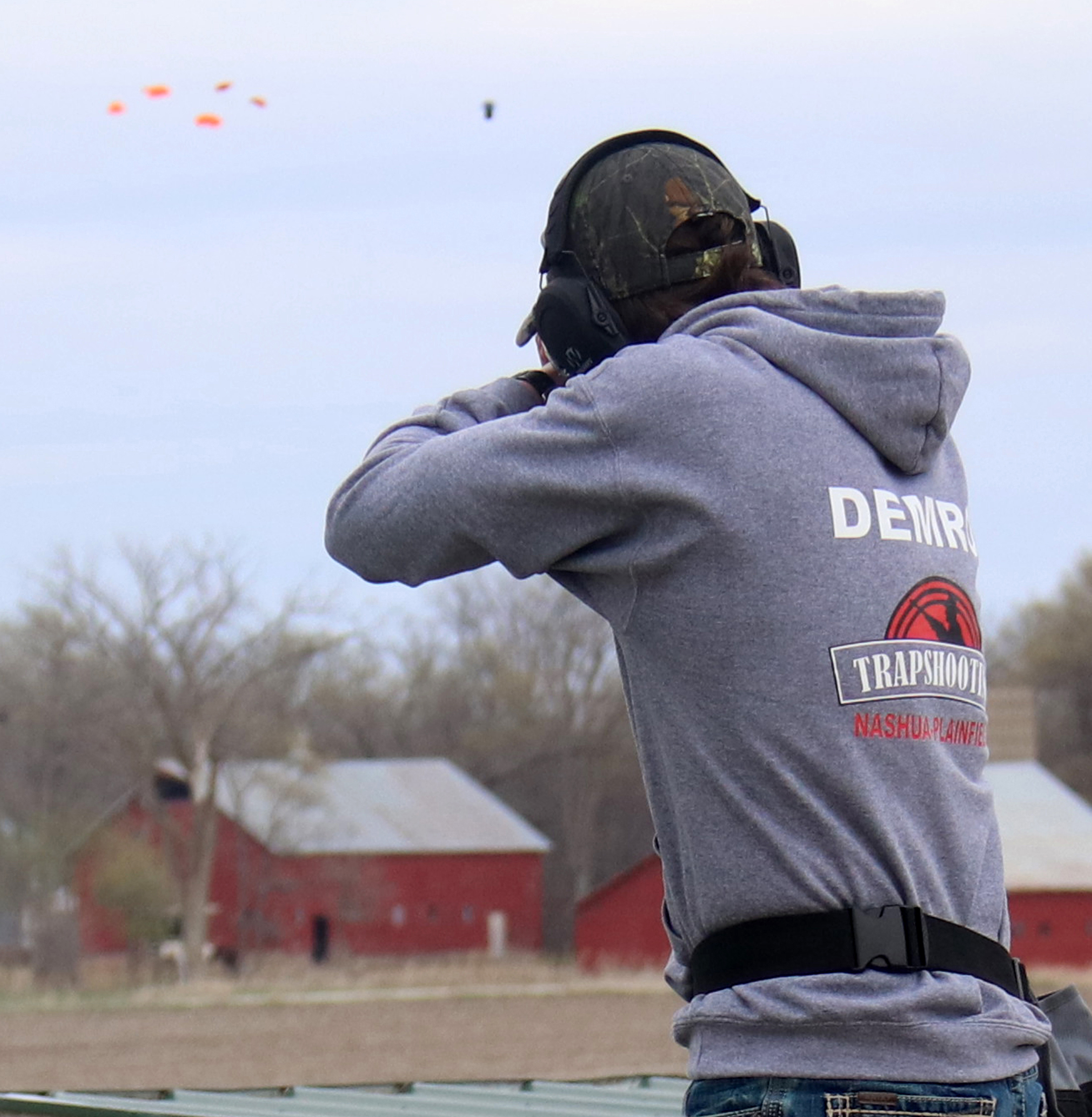
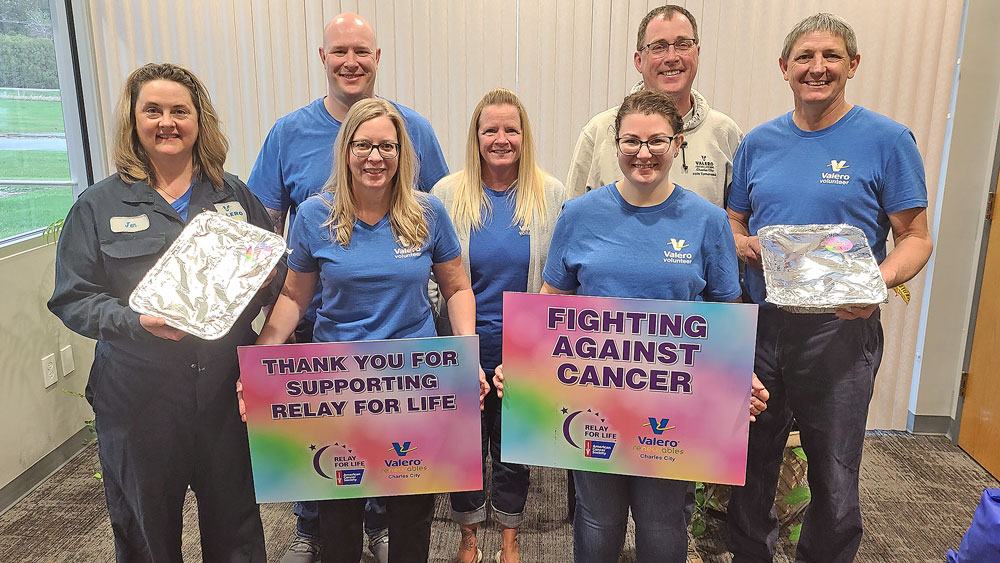


Social Share